by Curt Musselman
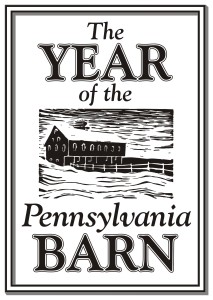
Official Year of the Pennsylvania Barn logo designed by Bob McIlhenny, 2014, using barn woodcut by Annie Rubel, 2013
Ten years ago, Historic Gettysburg Adams County (HGAC) received a grant from the Pennsylvania Historical and Museum Commission (PHMC) to help establish a barn preservation program within Adams County. One of our first steps was to begin a survey of the historic barns in the county so that we would know more about the resources we were trying to save. Teams of HGAC volunteers photographed, measured and made observations about the style and construction techniques used on each barn. One of the first things that we learned was that 80 percent of the barns in Adams County are of an architectural type known as the Pennsylvania Barn. This type of barn has two distinctive characteristics; entrance to the second floor by means of a bridge or a built-up ramp, and an overhang or cantilevered forebay on the front of the barn. Within Pennsylvania, these bank barns evolved in the 18th and 19th centuries to their ultimate form, which was influenced by traditional designs brought to America by immigrants coming from Switzerland through Germany. Continue reading
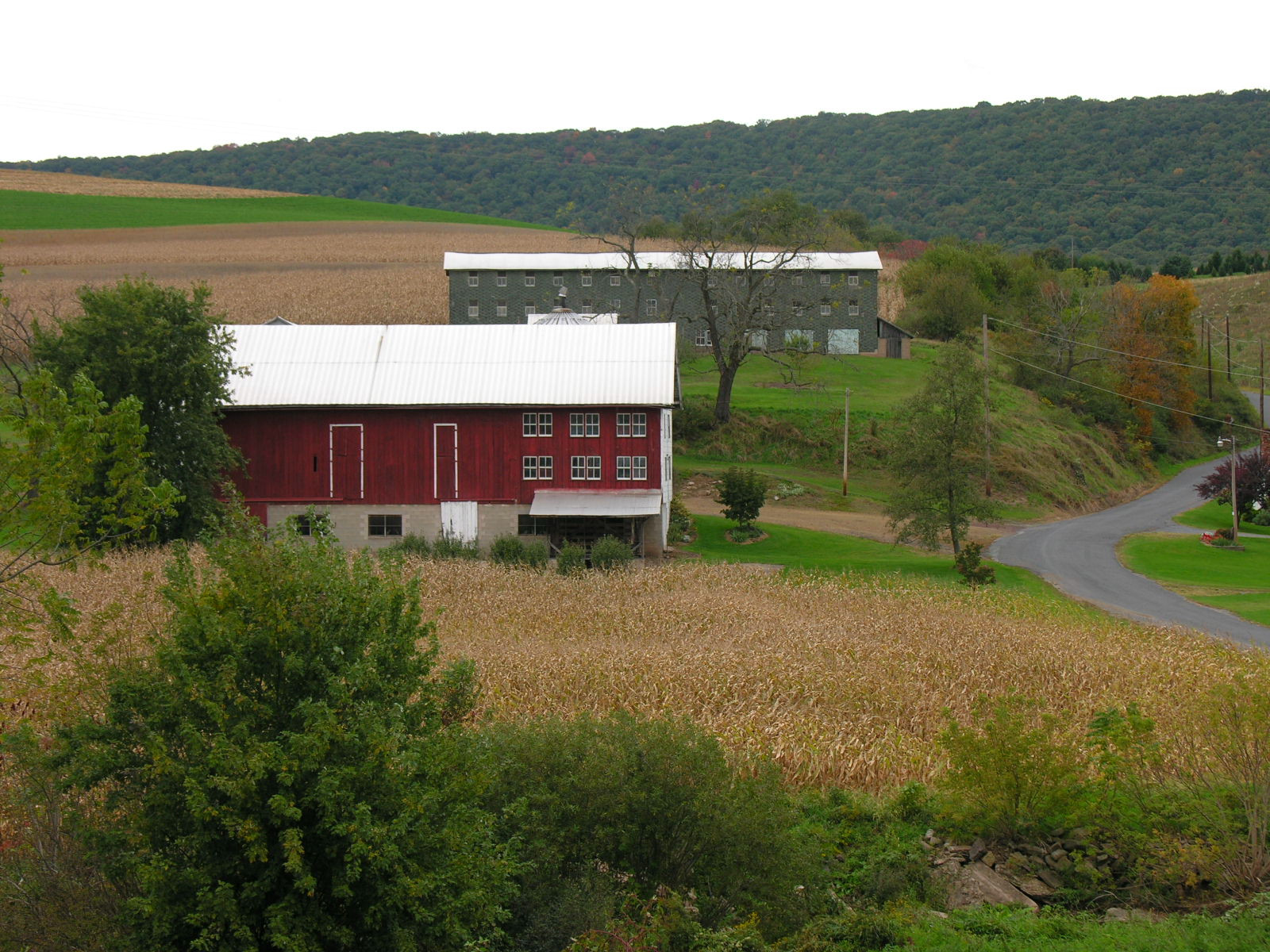

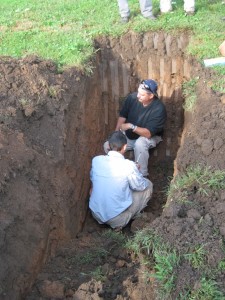

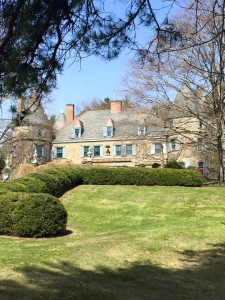
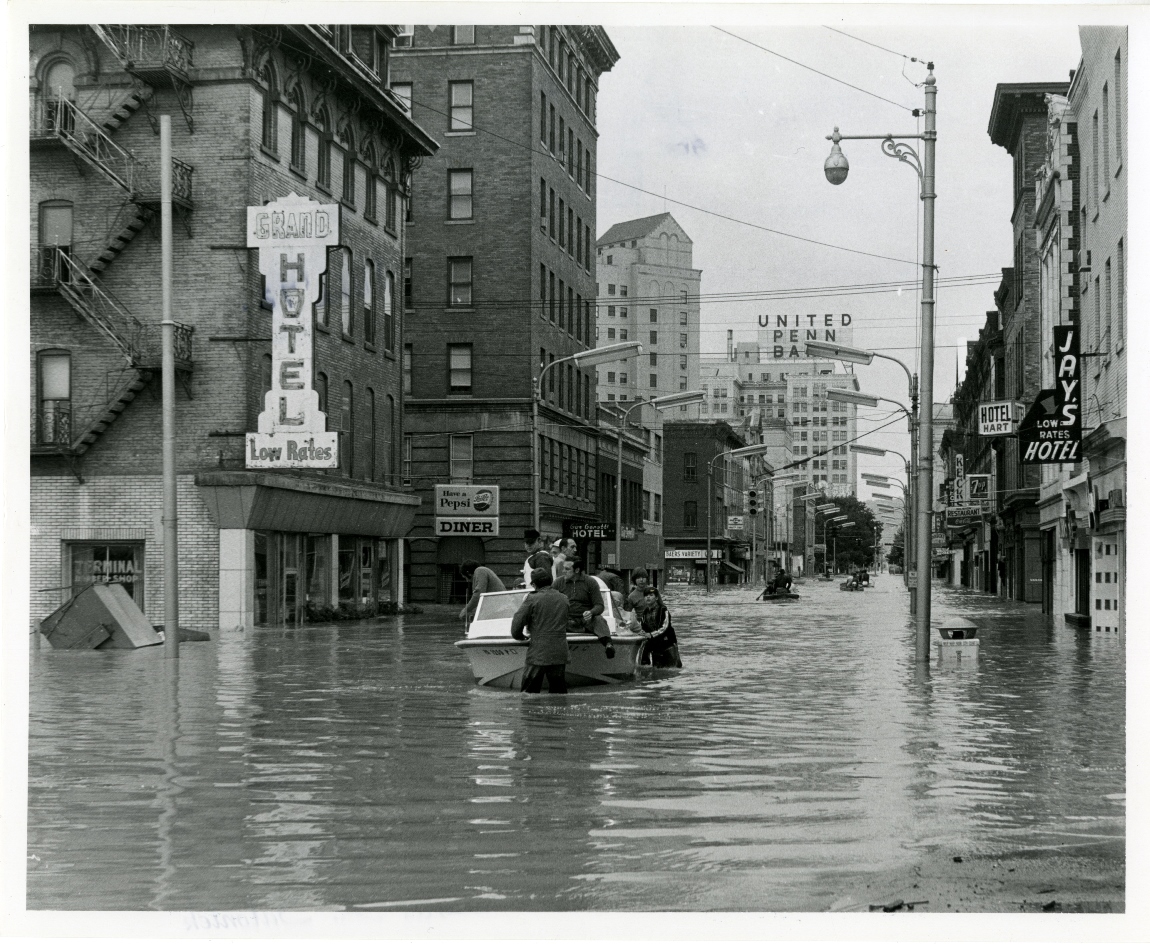

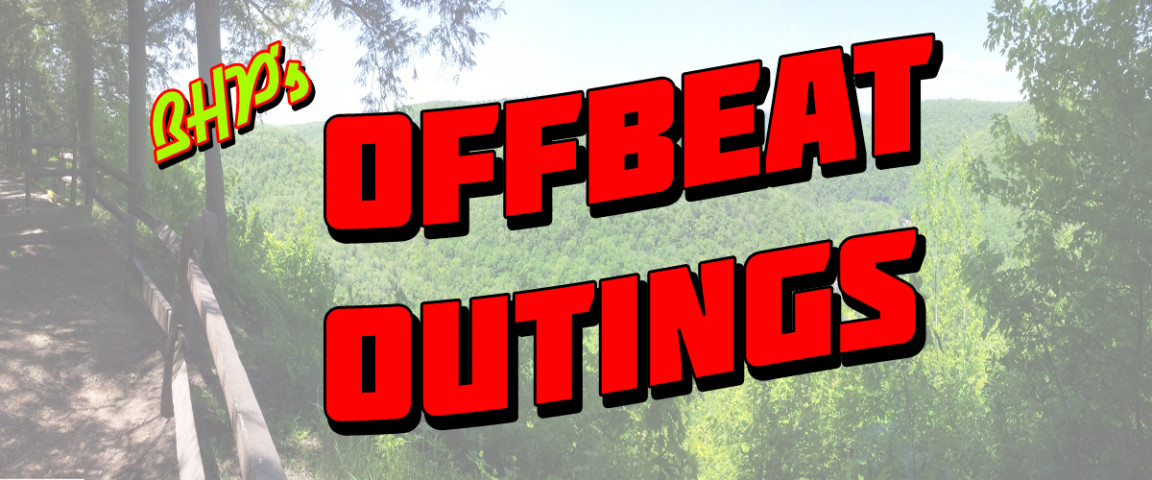
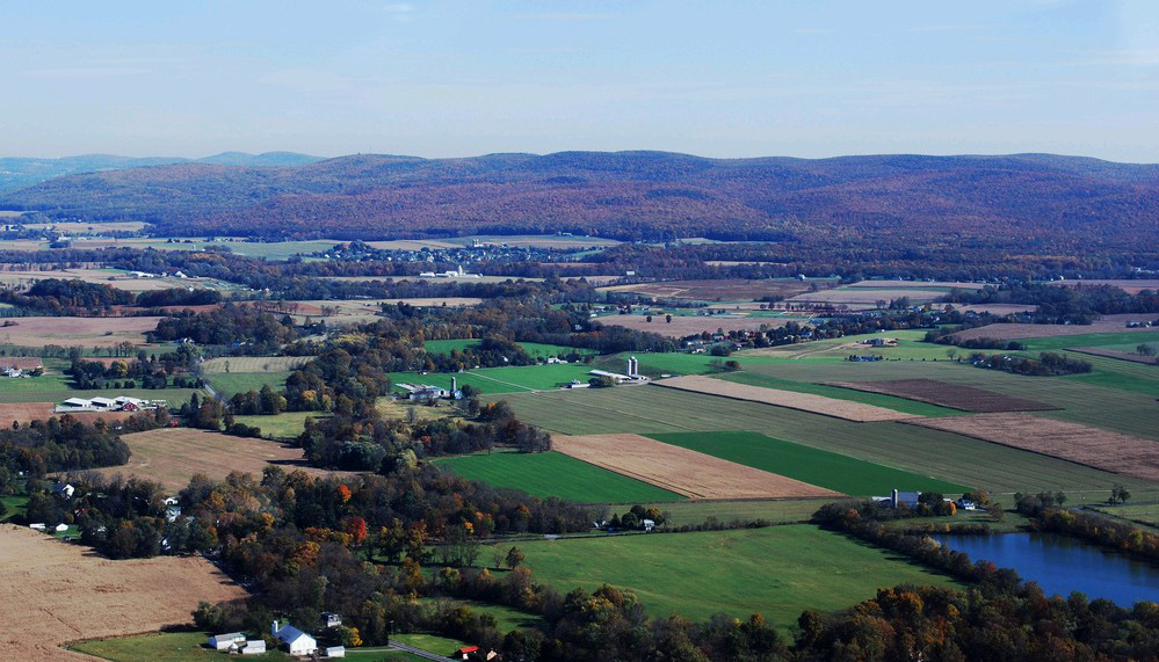
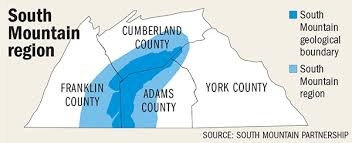
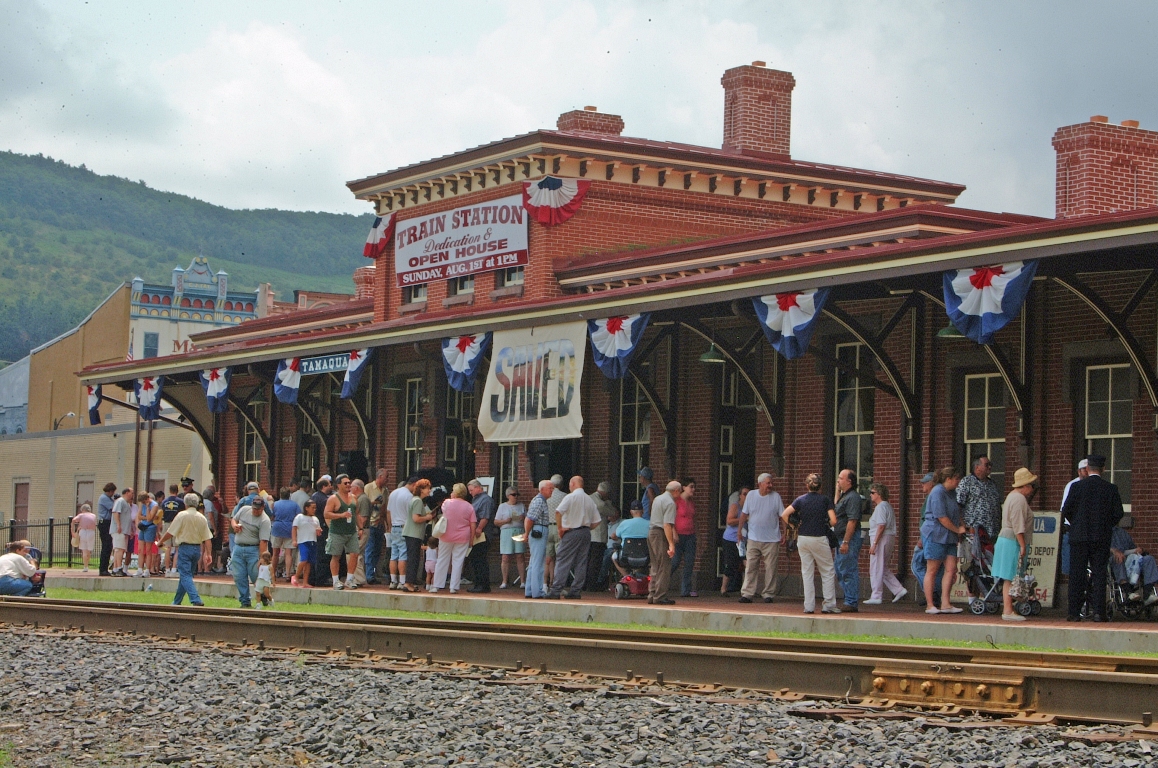
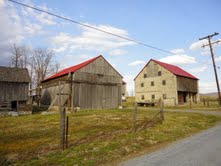
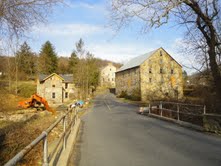
Recent Comments